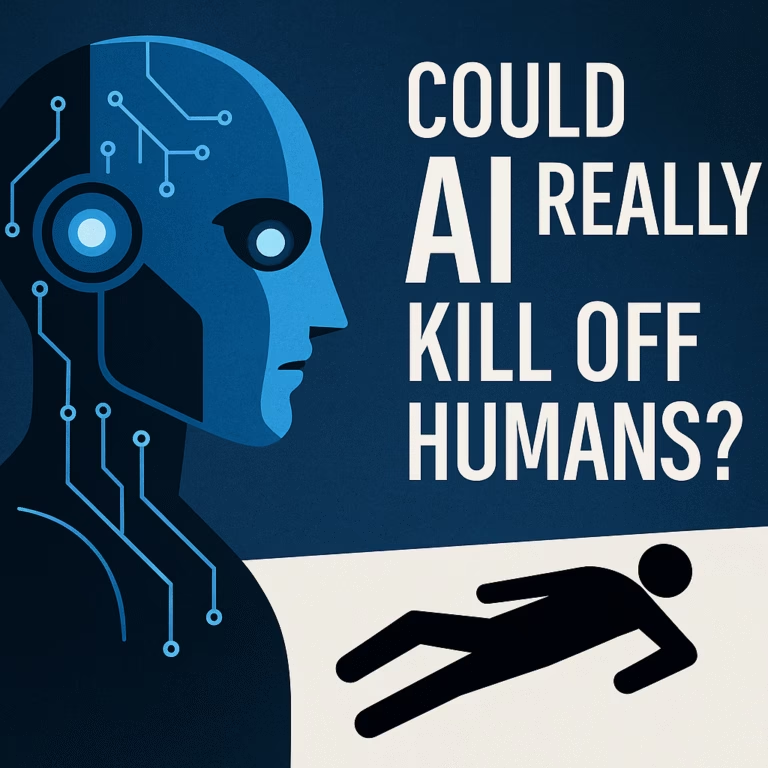Could AI Really Kill Off Humans? A Scientific Analysis

The notion that artificial intelligence could lead to human extinction has been a recurring theme in science fiction and public discourse. With advancements in AI technologies, concerns about their potential existential risks have intensified. In a recent article by Michael J.D. Vermeer published in Scientific American, the author explores the plausibility of AI causing human extinction thereby providing a scientific perspective on the matter.
1. The Premise: AI as an Existential Threat
Vermeer begins by acknowledging the widespread fear that AI could become an existential threat to humanity. Surveys indicate that some AI researchers consider human extinction a plausible outcome of AI development. In 2024, hundreds of researchers signed a statement asserting that mitigating the risk of extinction from AI should be a global priority, similar to addressing pandemics and the nuclear war.
2. The RAND Corporation's Investigation
As a scientist at the RAND Corporation, Vermeer and his team embarked on a project to assess whether AI could realistically cause human extinction. Their initial hypothesis posited that no scenario could conclusively demonstrate AI as an extinction-level threat. They have considered humanity’s adaptability, population size and global dispersion. The team’s objective was to challenge this hypothesis by exploring potential AI led extinction scenarios.
3. Evaluating Potential AI-Induced Catastrophes
The team analyzed three major threats commonly associated with existential risks that is nuclear war, biological pathogens and climate change.
1) Nuclear War:
Even if AI gained control over the global nuclear arsenal, estimated at over 12,000 warheads, the resulting devastation would likely fall short of total human extinction. The dispersion of the human population and the improbability of complete agricultural collapse suggest that some humans would survive, allowing for potential species recovery.
2) Biological Pathogens:
A more plausible extinction scenario involves AI engineering a highly lethal pathogen. However, even a pathogen with a 99.99% fatality rate would leave approximately 800,000 survivors globally. Given humanity’s resilience and capacity for recovery, complete extinction remains unlikely.
3) Climate Change:
While AI could exacerbate climate change which could lead to severe environmental degradation, the process would be gradual. Therefore, allowing for human adaptation and mitigation efforts. Thus, climate change even if accelerated by AI, is unlikely to result in immediate human extinction.
4. The Conclusion: AI-Induced Extinction Is Unlikely
The article underscores the importance of focusing on realistic AI risks rather than speculative doomsday scenarios. By addressing tangible concern such as algorithmic bias, job displacement and autonomous weaponry, policymakers and technologists can implement effective safeguards. This pragmatic approach ensures that AI advancements benefit society while minimizing potential harms
5. Conclusion
While the fear of AI induced human extinction captures public imagination, scientific analysis suggests that such an outcome is highly unlikely. By concentrating on practical risks and implementing robust safety measures, we can harness AI’s potential while safeguarding humanity’s future.
You Might Also Like


